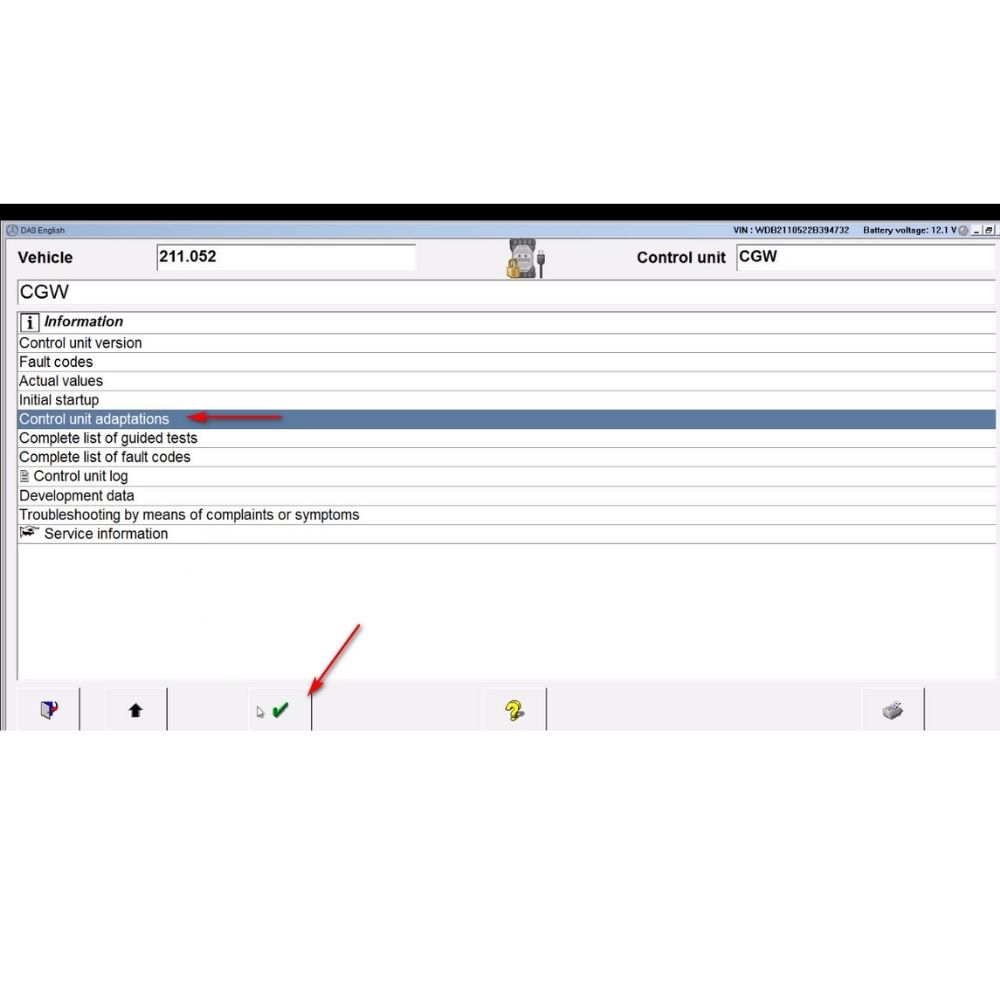
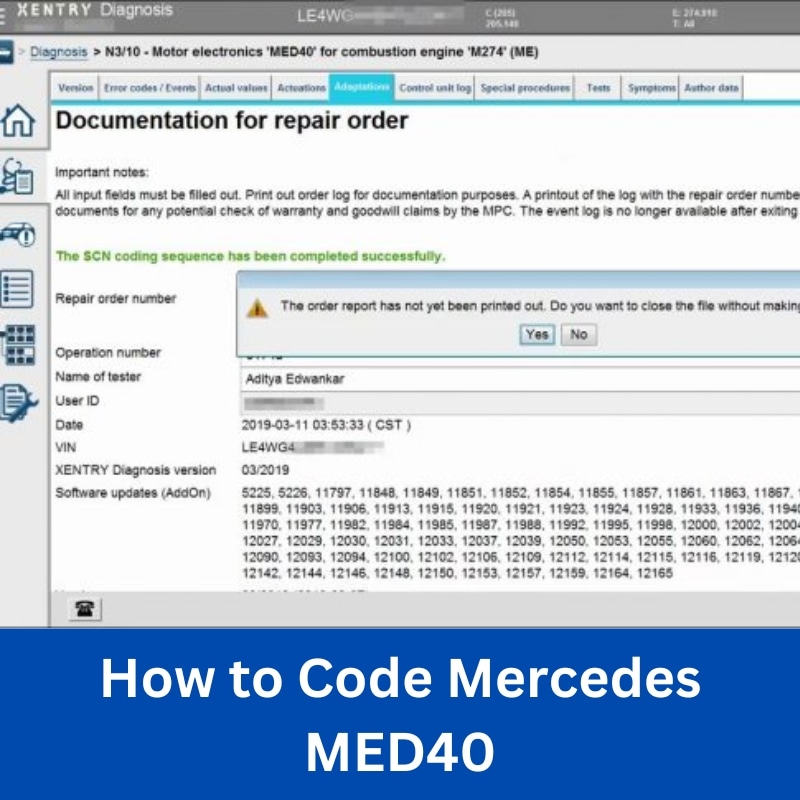
The MED40 (Module Motor Electronics) is a crucial ECU (Engine Control Unit) in modern Mercedes-Benz vehicles, responsible for controlling fuel injection, ignition timing, turbocharging, and emissions management. If you’ve replaced the ECU or need to update its coding, using Xentry software is the official method for SCN coding and software updates.
In this guide, we’ll walk you through the step-by-step process of coding the MED40 ECU using Xentry, ensuring your Mercedes-Benz functions optimally.
Table of Contents
ToggleThe Module Motor Electronics 40, commonly known as MED40, stands as a sophisticated Engine Control Unit within a wide array of modern Mercedes-Benz vehicles [Source: Mercedes-Benz official technical documentation]. This vital component acts as the central nervous system for your engine, orchestrating critical functions that dictate how your vehicle performs, consumes fuel, and manages its emissions. Understanding the intricacies of the MED40 is the first step towards mastering its coding and ensuring your Mercedes-Benz operates at its peak.
Think of the MED40 as the brain of your Mercedes-Benz engine. It diligently processes a constant stream of data from various sensors throughout the vehicle. Based on this information, it makes real-time decisions to control essential engine operations, including:
Fuel Injection: Precisely metering the amount of fuel delivered to each cylinder at the optimal time for efficient combustion.
Ignition Timing: Determining the exact moment the spark plugs should fire to ignite the air-fuel mixture, maximizing power and efficiency.
Turbocharging (if applicable): Managing the boost pressure of the turbocharger to deliver the desired performance while protecting the engine.
Emissions Control: Monitoring and adjusting engine parameters to minimize the output of harmful pollutants, ensuring compliance with environmental regulations.
Throttle Control: Regulating the airflow into the engine based on driver input from the accelerator pedal.
Any disruption or incorrect configuration of the MED40 can lead to a cascade of problems, affecting everything from fuel economy and acceleration to overall engine reliability. This is where the importance of correct MED40 coding comes into play.
Coding, in the context of the MED40 ECU, refers to the process of configuring its software to match the specific characteristics and options of the vehicle it’s installed in. This ensures that the ECU communicates effectively with other onboard systems and controls the engine according to the manufacturer’s specifications. There are several key scenarios where coding the MED40 becomes necessary:
ECU Replacement: When the original MED40 unit fails and needs to be replaced with a new or used one, the replacement ECU will typically need to be coded to the specific vehicle. This involves transferring or inputting crucial vehicle-specific data, such as the Vehicle Identification Number (VIN) and equipment codes.
Software Updates: Mercedes-Benz periodically releases software updates for its ECUs to address bugs, improve performance, enhance fuel efficiency, or comply with updated emissions standards. These updates often require a recoding process to ensure the new software functions correctly within the vehicle’s architecture.
Component Changes: In some cases, replacing or adding certain engine-related components might necessitate a corresponding update or adjustment to the MED40’s coding to ensure proper integration and operation.
Performance Optimization: While not always recommended without thorough understanding, advanced coding options can sometimes be used to fine-tune engine parameters for optimized performance. However, this should only be done by experienced professionals.
Addressing Fault Codes: Sometimes, coding or recoding the MED40 can resolve software-related issues that trigger diagnostic trouble codes (DTCs) and illuminate the check engine light.
Failing to code the MED40 correctly after any of these events can result in a range of issues, from minor inconveniences like poor fuel economy to severe problems such as engine misfires, a complete inability to start the vehicle, or damage to engine components. This underscores the necessity of using the correct tools and following the proper procedures when dealing with MED40 coding.
Before starting, ensure you have the necessary tools:
🔧 MB STAR Diagnostic Tool (C4, C5, or C6) – Required for connecting to the vehicle
💻 A Laptop with Xentry Software (Online access may be needed for SCN coding)
📡 Internet Connection (for SCN coding)
1️⃣ Connect your MB STAR diagnostic tool (C4/C5/C6) to the OBD-II port of the Mercedes-Benz.
2️⃣ Ensure your laptop is connected to the device and launch Xentry software.
3️⃣ Select your vehicle model from the Xentry menu and allow it to read the car’s control units.
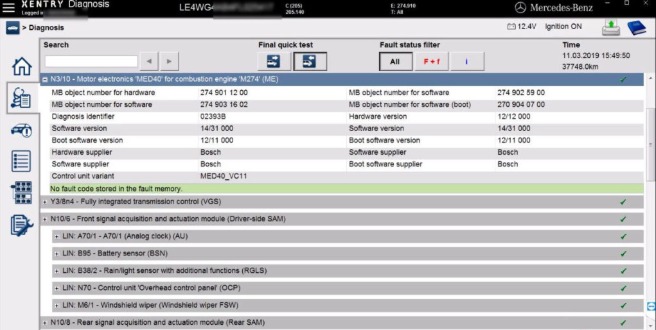
1️⃣ Navigate to “Control Unit Update” from the main Xentry menu.
2️⃣ Select “Update of SCN Coding” under the MED40 ECU section.
3️⃣ The system will check the current software and coding status of the MED40 ECU.
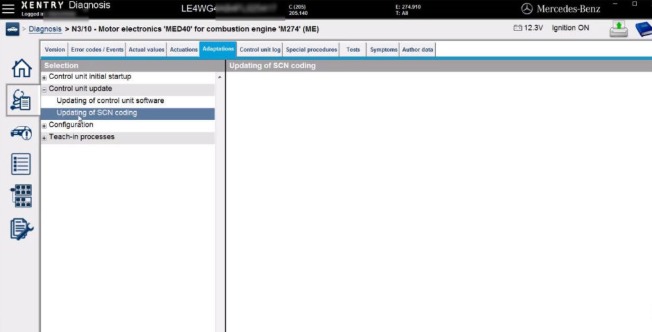
1️⃣ If a software update is available, the system will begin downloading the necessary files.
2️⃣ The coding process starts automatically once the update is ready.
3️⃣ Ensure the internet connection remains stable throughout the process.
4️⃣ The software will reprogram the MED40 ECU with the latest manufacturer settings.
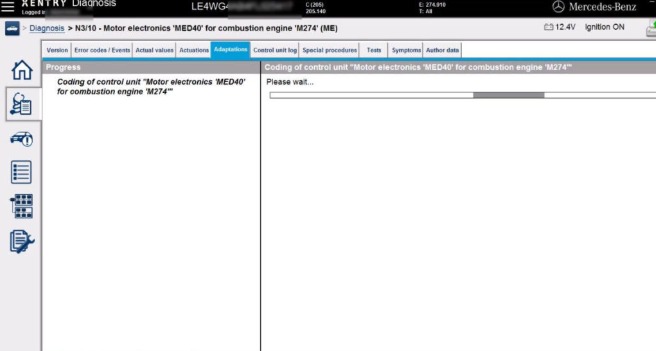
1️⃣ Once coding is complete, Xentry will prompt you to press “Continue” to finalize the update.
2️⃣ Restart the vehicle and verify that the engine control module functions properly.
3️⃣ Check for any fault codes using Xentry to ensure successful coding.
4️⃣ If needed, clear any stored DTCs (Diagnostic Trouble Codes) and perform a test drive.
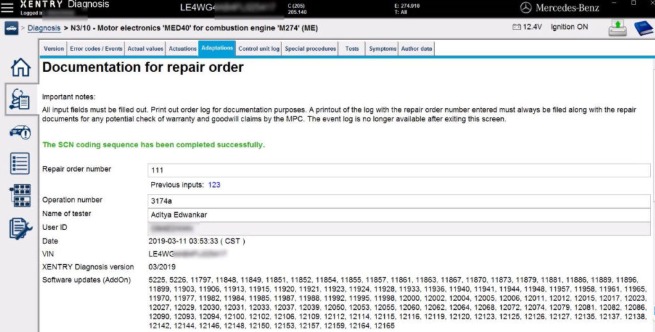
✅ Your MED40 ECU is now successfully coded and updated!
❌ SCN Coding Failure
🔹 Ensure your internet connection is stable and that your Xentry software is updated.
🔹 Some models require Mercedes-Benz online authorization—contact a dealer if necessary.
❌ Vehicle Won’t Start After Coding
🔹 Check for coding errors or power interruptions during the process.
🔹 Verify that the ECU is properly recognized in the vehicle’s system.
❌ Persistent Check Engine Light
🔹 Scan for fault codes in the MED40 ECU using Xentry.
🔹 If necessary, perform a software reset or recoding session.
If you’re unfamiliar with ECU coding or facing issues with MED40 programming, AutoExplain offers remote support for Mercedes-Benz ECU coding & programming.
📞 Contact us via WhatsApp: +1(936)2896695
The MED40 ECU is a vital component in Mercedes-Benz gasoline engines, and proper coding using Xentry ensures optimal performance and error-free operation. By following this step-by-step guide, you can successfully update and program your MED40 module.
If you need expert remote assistance, AutoExplain provides professional ECU coding, programming, and diagnostic services for Mercedes-Benz and other brands. Reach out to us today! 🚗✨

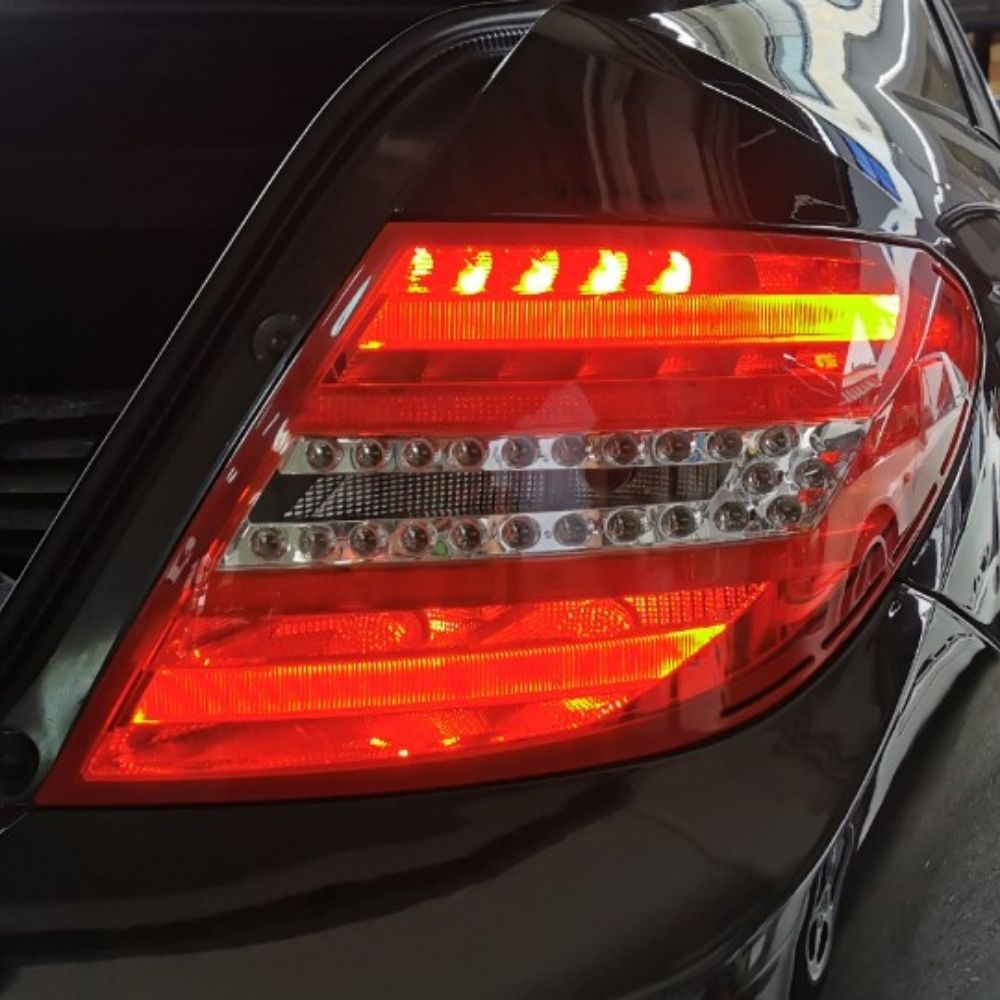
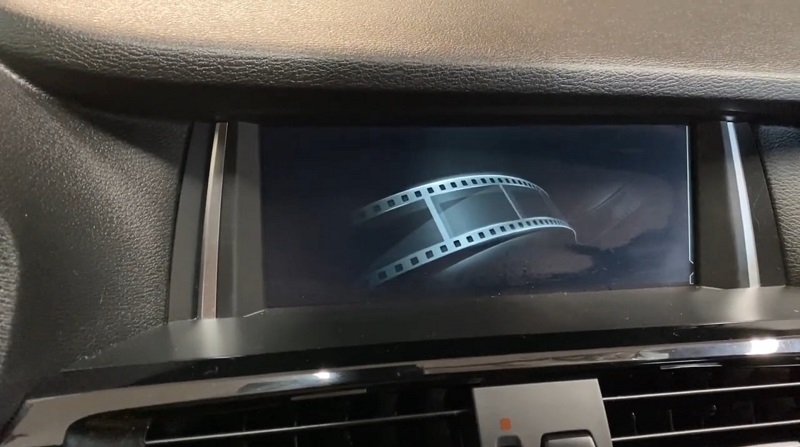
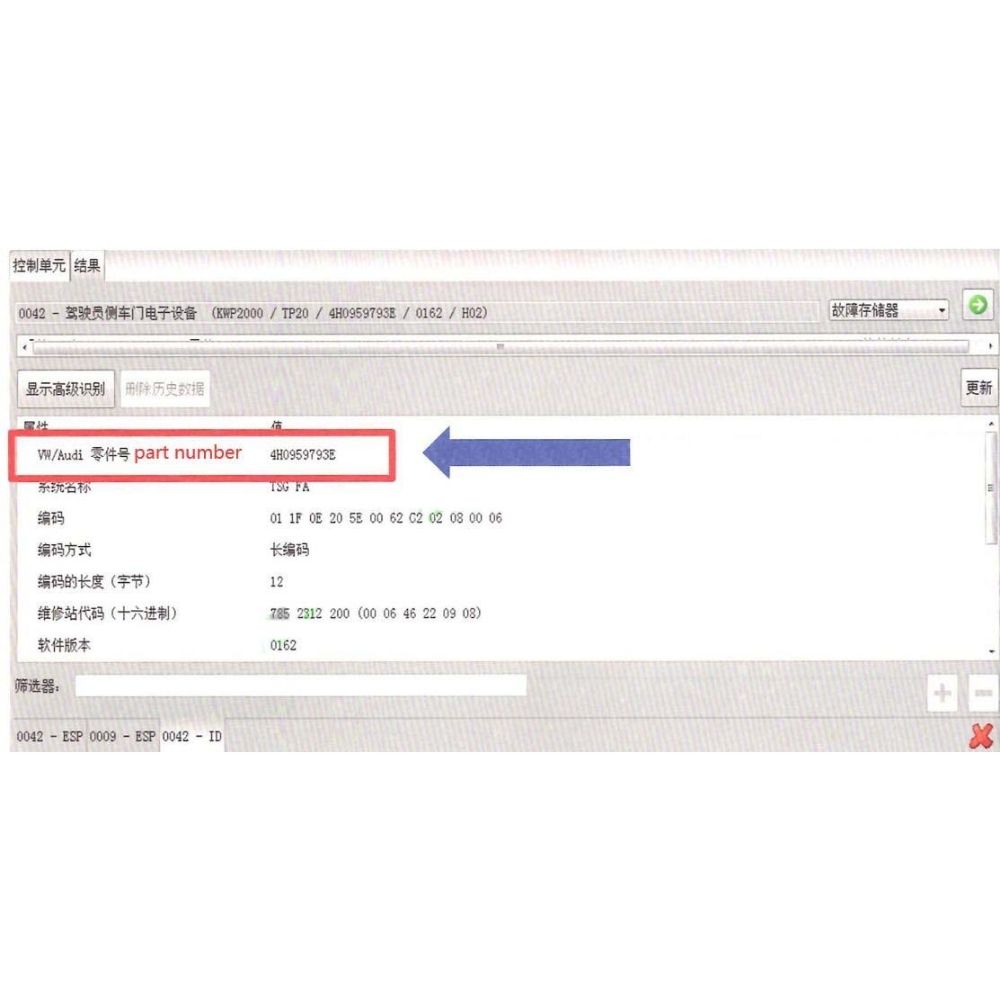

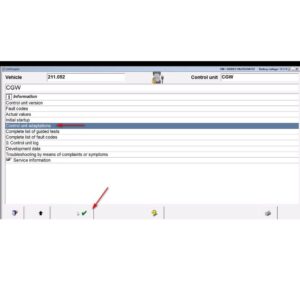
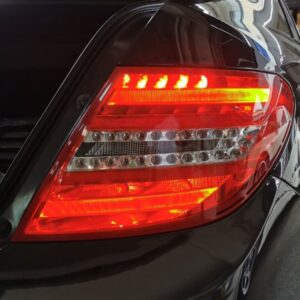
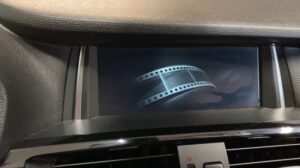
At AutoExplain, we provide automotive online repair service, auto repair tips, car repair manuals & document & training course to help mechanics of all experience levels—fix vehicles efficiently
AUTO EXPLAIN LLC
Employer Identification Number (EIN):
38-4349958
Whatsapp Us: +1(936)2896695
Gmail: [email protected]
Our Workshop: 1500 N Grant ST Sten Denver, Colorado, United States
Copyright 2025 © AutoExplain